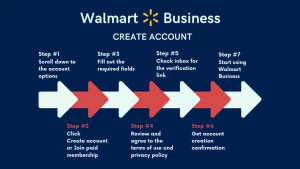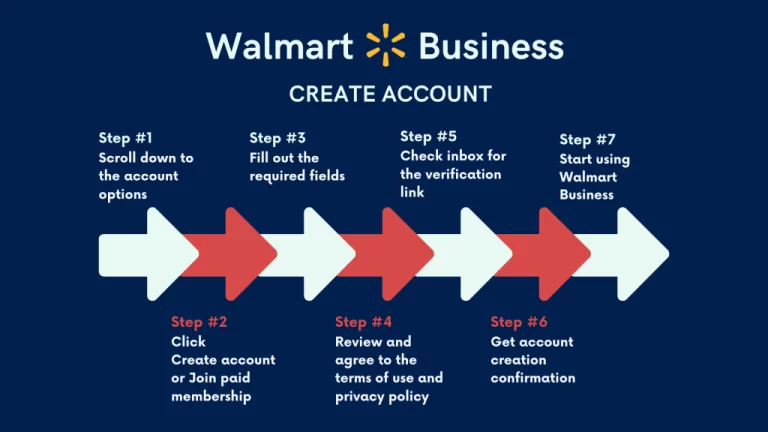
Introduction
Freelance writing is a rewarding and flexible career choice for those who have a passion for writing. However, in order to succeed as a freelance writer, it’s crucial to create a compelling and professional profile that showcases your skills and expertise to potential clients. In this guide, we will explore the essential steps to create an impressive profile for freelance writing that will help you stand out in a competitive market.
Understanding the Purpose of Your Profile
Before you start crafting your profile, it’s important to understand its purpose. Your profile serves as your online resume and portfolio, providing potential clients with a glimpse into your writing style, expertise, and experience. It’s your opportunity to make a strong first impression and convince clients that you are the right fit for their writing needs.
When creating your profile, keep in mind that clients are looking for a writer who can effectively communicate their message, engage their audience, and deliver high-quality content. Your profile should showcase your ability to meet these expectations and demonstrate why you are the best choice for the job.
Essential Elements of a Professional Profile
When writing your freelance writing profile, there are several key elements that you should include to make it compelling and informative. These elements include:
- Introduction: Begin your profile with a brief introduction that highlights your expertise, writing style, and passion for writing. This section should capture the reader’s attention and provide an overview of what they can expect from your services.
- Portfolio Samples: Showcase your best work by including portfolio samples that demonstrate your writing skills across different genres and topics. Choose pieces that highlight your versatility and ability to adapt to various writing styles and tones.
- Professional Experience: Outline your professional experience as a freelance writer, including any relevant work history, clients you’ve worked with, and notable projects you’ve completed. Highlighting your experience helps build credibility and trust with potential clients.
- Specialized Skills: If you have specialized skills or expertise in certain industries or writing niches, be sure to highlight them in your profile. This could include SEO writing, technical writing, copywriting, or any other specialized areas of writing that set you apart from other writers.
- Client Testimonials: If you have received positive feedback or testimonials from previous clients, including them in your profile can help build trust and credibility. Testimonials provide social proof of your abilities and reassure potential clients of your professionalism and quality of work.
- Writing Style and Tone: Your profile should reflect your writing style and tone, giving potential clients a sense of what to expect when working with you. Whether you specialize in formal, technical writing or conversational, lifestyle content, your profile should convey your ability to adapt to different writing styles.
- Education and Certifications: If you have relevant education or certifications in writing, journalism, or any other related field, be sure to include them in your profile. This can help demonstrate your commitment to your craft and your level of expertise.
- Contact Information: Make it easy for potential clients to get in touch with you by including your contact information, such as your email address and professional social media profiles.
By including these essential elements in your freelance writing profile, you can create a comprehensive and compelling overview of your skills and experience that will resonate with potential clients.
Structuring Your Profile
Structuring your profile effectively is crucial in ensuring that potential clients can easily navigate and understand the information you present. Consider the following tips for structuring your profile:
- Use Headings and Subheadings: Break down your profile into clear sections using headings and subheadings. This makes it easier for clients to find the information they are looking for and navigate your profile efficiently.
- Keep it Concise and Scannable: While it’s important to provide comprehensive information, it’s equally important to keep your profile concise and scannable. Use bullet points, short paragraphs, and bold text to highlight key information and make it easy for clients to skim through your profile.
- Showcase Your Best Work First: Arrange your portfolio samples in a way that puts your best work at the forefront. This allows potential clients to see your writing prowess immediately and can encourage them to explore more of your work.
- End with a Call to Action: Conclude your profile with a strong call to action, inviting potential clients to reach out to you for their writing needs. This encourages engagement and prompts potential clients to take the next step towards hiring you.
By structuring your profile thoughtfully, you can ensure that potential clients are presented with a clear and engaging overview of your writing abilities and expertise.
Writing Your Profile Content
Now that you understand the essential elements and structure of a freelance writing profile, it’s time to focus on crafting the actual content. Here are some tips for writing compelling profile content:
- Showcase Your Personality: Your profile is an opportunity to showcase not only your writing skills but also your personality. Injecting a bit of your unique voice and perspective into your profile can make it more engaging and memorable for potential clients.
- Focus on Benefits to the Client: Instead of solely focusing on your skills and experience, emphasize the benefits that clients will gain from working with you. Highlight how your writing can help them achieve their goals, whether it’s driving traffic to their website, engaging their audience, or conveying their message effectively.
- Use Concrete Examples: When describing your experience and skills, use concrete examples to demonstrate your capabilities. Whether it’s discussing a successful content marketing campaign you led or a challenging project you tackled, providing specific examples can make your profile more compelling and credible.
- Optimize for Keywords: To increase the visibility of your profile in online searches, incorporate relevant keywords related to your writing niche and expertise. This can help potential clients find your profile when they are seeking writers with specific skills or experience.
- Proofread and Edit: Before publishing your profile, ensure that it is free of grammatical errors and typos. A polished and error-free profile reflects positively on your attention to detail and professionalism.
- Update Regularly: As you gain new experiences and complete new projects, be sure to update your profile regularly to keep it current and relevant. This demonstrates your ongoing commitment to your craft and showcases your most recent work.
Conclusion
Creating a standout profile for freelance writing is essential for attracting potential clients and establishing your credibility as a professional writer. By incorporating the essential elements, structuring your profile effectively, and crafting compelling content, you can create a profile that resonates with clients and sets you apart in the competitive freelance writing market. Remember to showcase your unique writing style, highlight your skills and experience, and emphasize the value you can bring to your clients. With a well-crafted profile, you can position yourself for success as a freelance writer and attract the opportunities that align with your expertise and passions.










+ There are no comments
Add yours